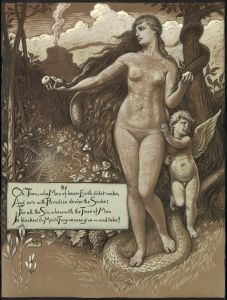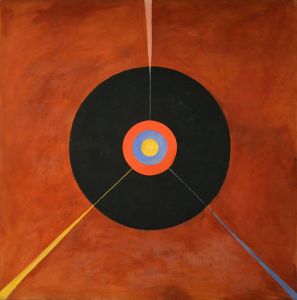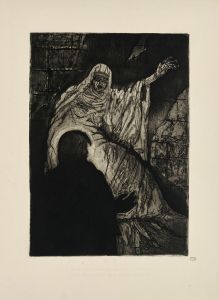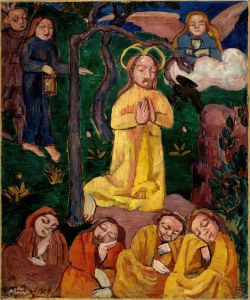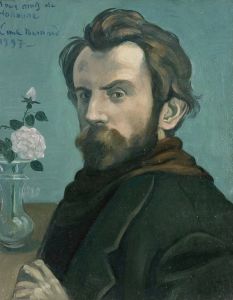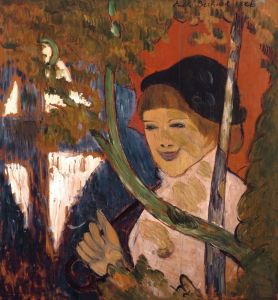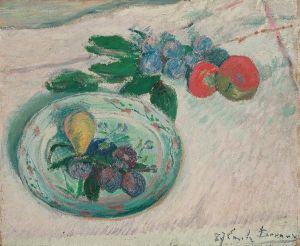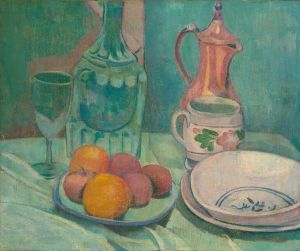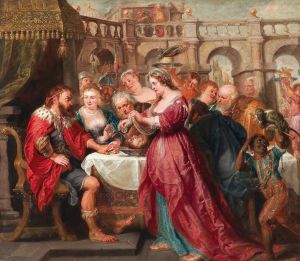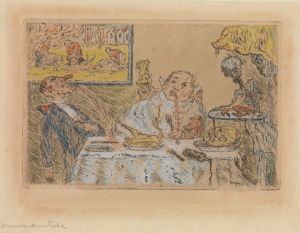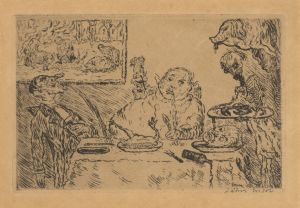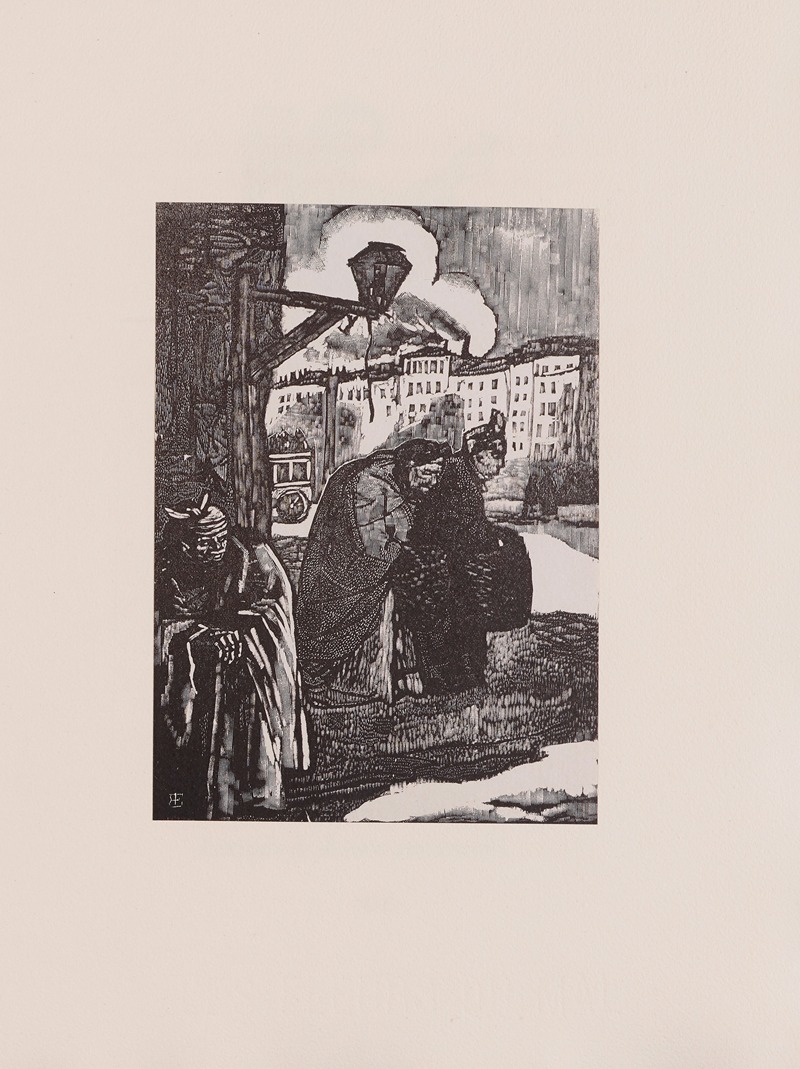
Les Fleurs du mal
A hand-painted replica of Emile Bernard’s masterpiece Les Fleurs du mal, meticulously crafted by professional artists to capture the true essence of the original. Each piece is created with museum-quality canvas and rare mineral pigments, carefully painted by experienced artists with delicate brushstrokes and rich, layered colors to perfectly recreate the texture of the original artwork. Unlike machine-printed reproductions, this hand-painted version brings the painting to life, infused with the artist’s emotions and skill in every stroke. Whether for personal collection or home decoration, it instantly elevates the artistic atmosphere of any space.
"Les Fleurs du mal" is a painting by the French artist Émile Bernard, created in 1888. Émile Bernard (1868-1941) was a post-Impressionist painter and writer, known for his significant contributions to the Symbolist and Cloisonnist movements. Bernard was a contemporary and close associate of other notable artists such as Vincent van Gogh, Paul Gauguin, and Henri de Toulouse-Lautrec.
The title "Les Fleurs du mal" translates to "The Flowers of Evil" in English and is a direct reference to the famous collection of poems by Charles Baudelaire, published in 1857. Baudelaire's work is known for its exploration of beauty, decadence, and the darker aspects of human nature, themes that resonated with many artists of the Symbolist movement.
Bernard's painting reflects the Symbolist ethos, characterized by the use of symbolic imagery to convey deeper meanings and emotions. The painting employs a style known as Cloisonnism, which Bernard helped to pioneer. Cloisonnism is marked by bold, flat areas of color separated by dark contours, reminiscent of stained glass or cloisonné enamelwork. This technique was a departure from the more naturalistic approaches of the Impressionists and aimed to evoke a more profound, spiritual response from the viewer.
In "Les Fleurs du mal," Bernard uses a rich, vibrant palette and strong outlines to create a composition that is both visually striking and thematically complex. The painting features a central figure, often interpreted as a representation of the poet Baudelaire himself or an allegorical figure embodying the themes of his poetry. Surrounding this figure are various symbolic elements, such as flowers, which may represent both beauty and decay, aligning with Baudelaire's exploration of the duality of existence.
Bernard's work during this period was heavily influenced by his interactions with Gauguin and van Gogh. The exchange of ideas among these artists led to the development of new artistic techniques and philosophies that would shape the course of modern art. Bernard's contribution to this dialogue is evident in "Les Fleurs du mal," where his innovative use of color and form demonstrates a break from traditional representation and an embrace of abstraction and symbolism.
"Les Fleurs du mal" is considered an important work within Bernard's oeuvre and the broader context of post-Impressionist art. It exemplifies the artist's commitment to exploring the psychological and emotional depths of his subjects through a distinctive and innovative visual language. The painting remains a testament to Bernard's skill and his role in the evolution of modern art.
Today, Émile Bernard's works, including "Les Fleurs du mal," are held in various public and private collections around the world. His contributions to the development of Symbolism and Cloisonnism continue to be studied and appreciated by art historians and enthusiasts alike.





